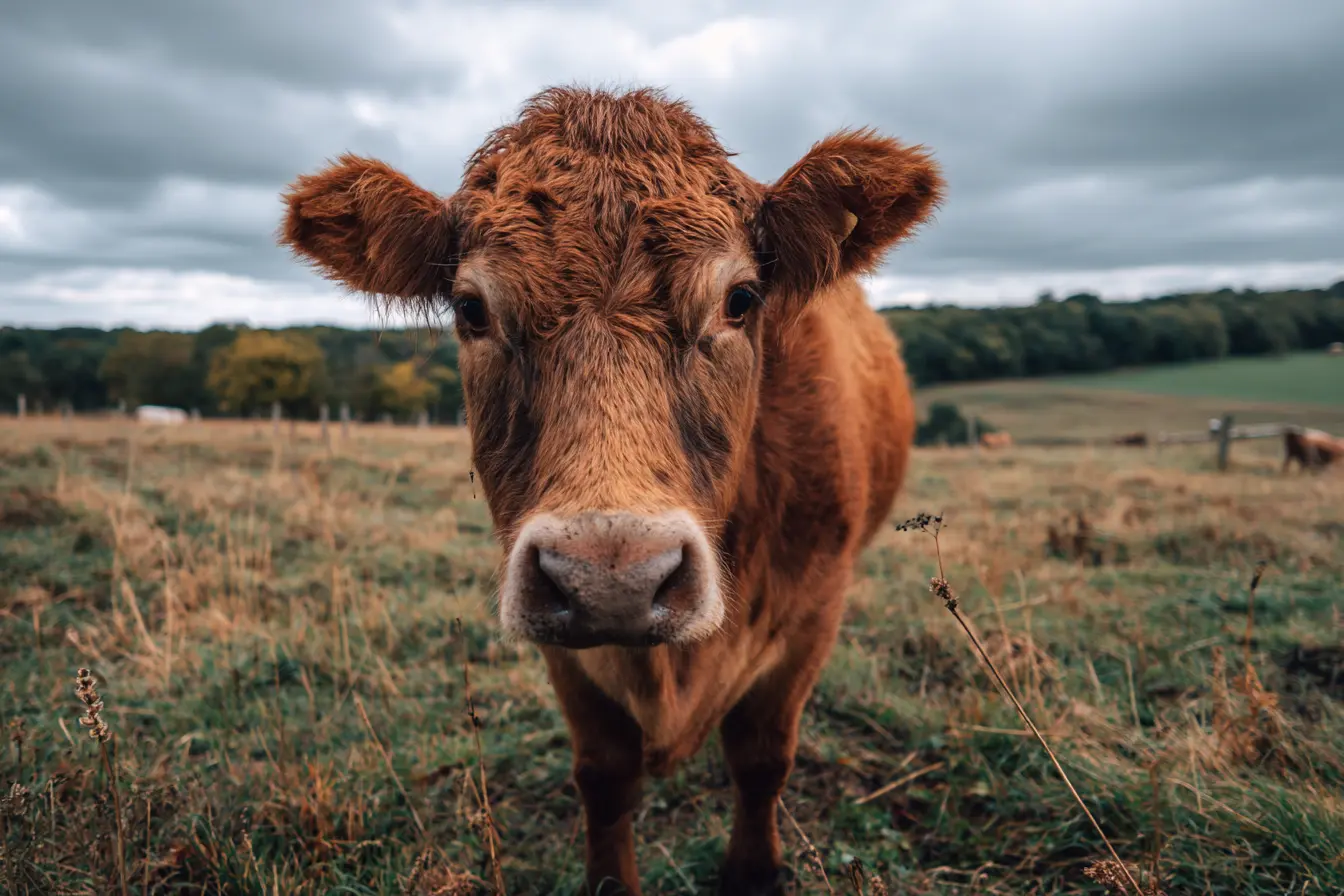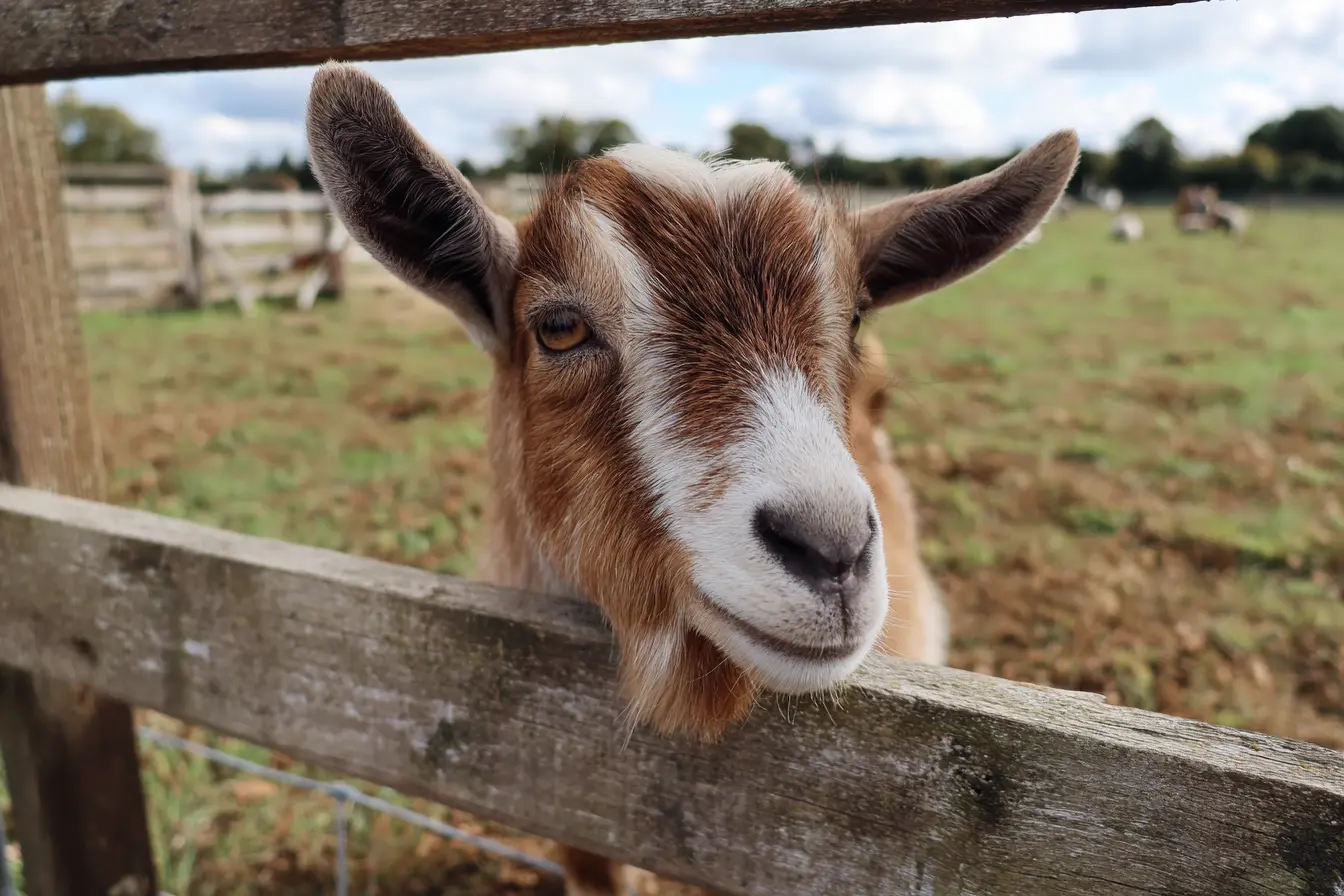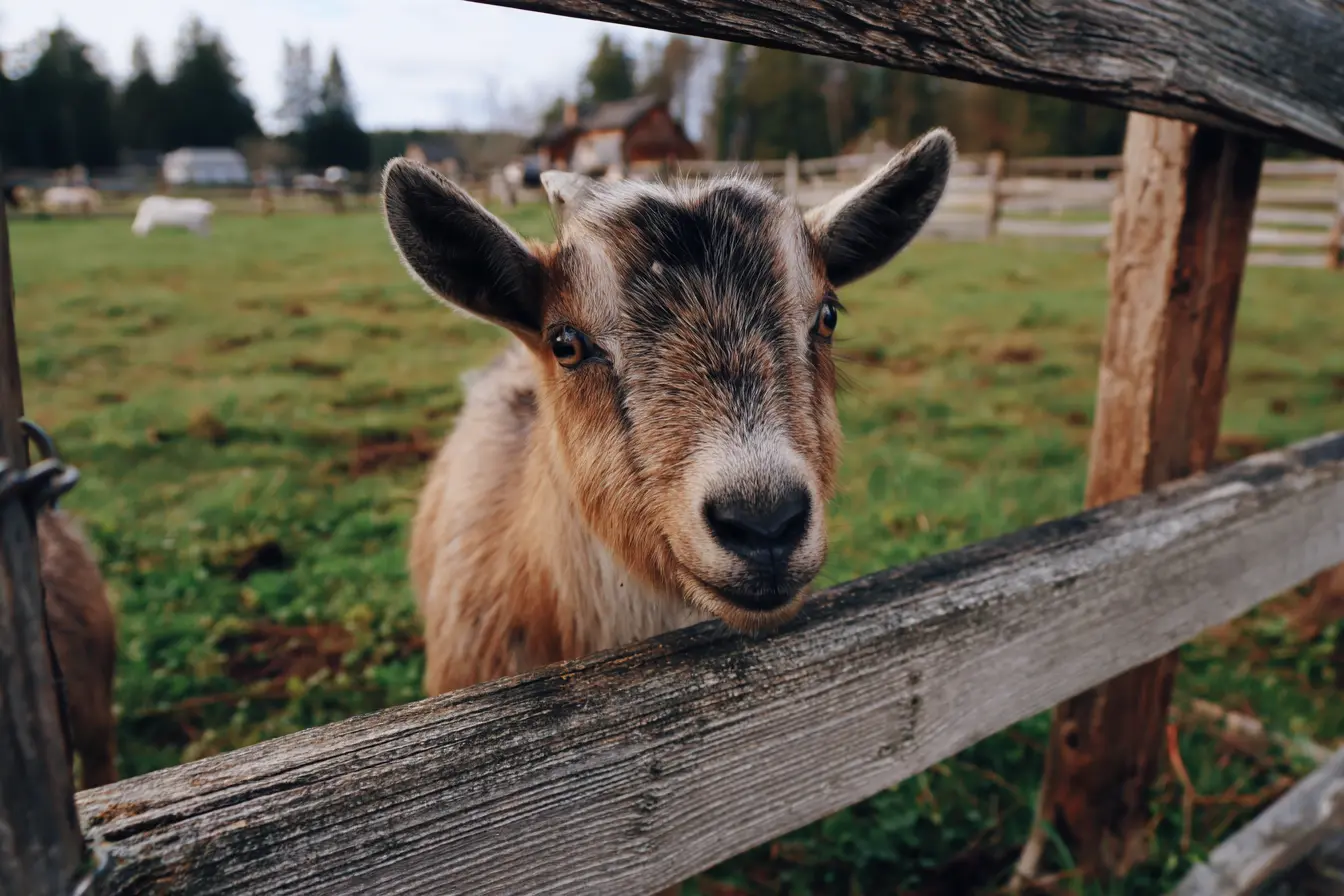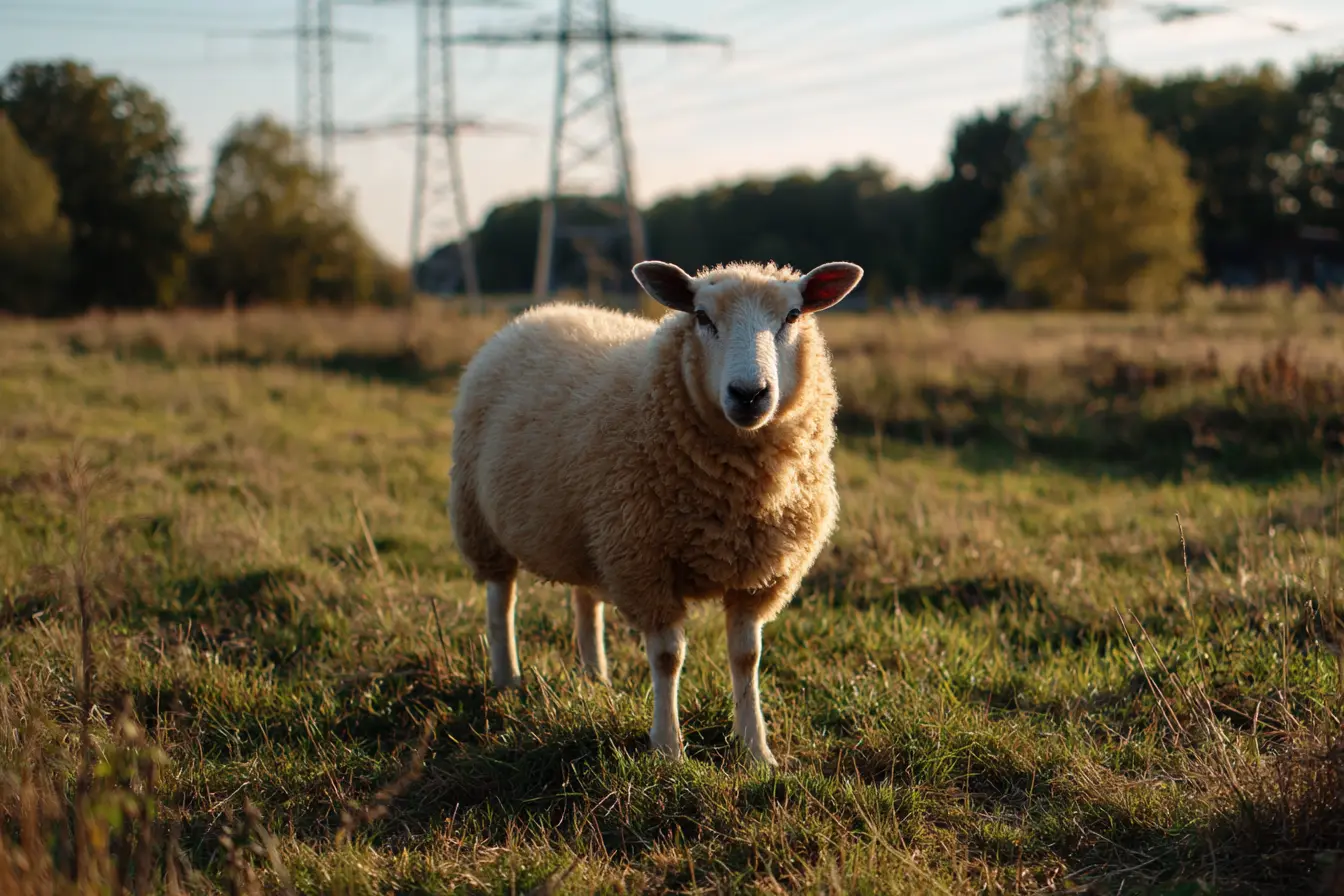
A Complete Guide to Black Disease in Sheep
Black disease, also known as infectious necrotic hepatitis, is a severe and often fatal clostridial disease of sheep. It is caused by Clostridium novyi type B, a bacterium that exists widely in soil and in the intestines of animals. The disease is strongly associated with liver fluke infestations, which create the conditions necessary for clostridial spores to multiply and release deadly toxins.
For sheep farmers in the UK, particularly those grazing on wet, fluke-prone ground, black disease is a serious concern. Outbreaks can lead to sudden deaths and significant losses in a flock. This guide covers the causes, symptoms, diagnosis, prevention, and economic impact of black disease in sheep.
What is Black Disease?
Black disease occurs when Clostridium novyi spores, which are normally dormant in the liver, become activated following damage to the organ. This damage is usually caused by migrating immature liver flukes (Fasciola hepatica).
Once activated, the bacteria multiply rapidly and produce toxins that:
- Destroy liver tissue.
- Spread via the bloodstream, causing widespread tissue damage.
- Lead to rapid death, often without visible warning signs.
The name “black disease” comes from the darkening of the skin observed during post-mortem examinations, caused by tissue congestion and oxygen deprivation.
Causes and Risk Factors
Black disease in sheep is closely linked to:
- Liver fluke infestations: the primary risk factor, as fluke migration damages liver tissue.
- Fluke-prone grazing: wet, marshy pastures that harbour the mud snail (Galba truncatula), the intermediate host of liver fluke.
- Unvaccinated sheep: animals not protected by clostridial vaccines are highly susceptible.
- Environmental contamination: clostridial spores persist in soil for years, making eradication impossible.
Outbreaks are most common in autumn and winter, when fluke activity is highest.
Symptoms of Black Disease
In most cases, the first sign of black disease is sudden death. However, where clinical signs are observed, they may include:
- Sudden depression and weakness.
- Loss of appetite.
- Abdominal pain.
- Jaundice (yellowing of eyes and gums).
- Difficulty breathing.
Sheep usually die within 24–48 hours of showing signs.
Post-mortem findings often reveal:
- Large necrotic (dead) patches in the liver.
- Evidence of liver fluke migration.
- Darkened, congested skin tissue.
Diagnosis
Diagnosis is usually made post-mortem, as disease progression is so rapid.
- History: sudden deaths in sheep grazing wet, fluke-prone ground.
- Post-mortem examination: fluke damage in the liver, combined with necrotic lesions.
- Laboratory testing: identification of Clostridium novyi in the liver or detection of toxins can confirm the diagnosis.
Treatment
Treatment is almost never effective, as the disease advances too quickly.
- High doses of antibiotics (e.g. penicillin) may be attempted in very early cases, but survival is rare.
- Supportive therapy is generally impractical given the sudden nature of the disease.
Because treatment is not effective, prevention is essential.
Prevention
Vaccination
- The cornerstone of prevention against black disease.
- Multi-valent clostridial vaccines (5-in-1, 8-in-1, etc.) include protection against black disease.
- UK vaccination schedule:
- Lambs: two doses starting at 6–12 weeks of age, given 4–6 weeks apart.
- Adults: annual booster.
- Ewes: booster 4–6 weeks before lambing to provide protection for both ewe and lambs (via colostrum).
Liver Fluke Control
- Vital for reducing the risk of black disease.
- Control strategies include:
- Strategic flukicide treatments, especially in autumn and winter.
- Rotating grazing away from wet, snail-infested pastures.
- Fencing off high-risk areas such as marshes, ponds, and ditches.
- Monitoring fluke burdens through faecal egg counts, blood tests, or abattoir reports.
Good Management Practices
- Maintain records of vaccination and parasite treatments.
- Dispose of carcasses quickly to reduce contamination.
- Work with a vet to design a flock health plan tailored to local risk factors.
Economic and Welfare Impact
- Welfare: Black disease causes rapid, painful illness and death, making it a major welfare concern.
- Economic losses: Sudden deaths in otherwise healthy sheep reduce productivity and profitability. Losses are most significant in lambs and breeding stock.
- Prevention vs cost: Vaccination and fluke control are inexpensive compared to the potential economic damage caused by outbreaks.
When to Seek Veterinary Help
Seek veterinary advice if:
- You experience sudden, unexplained deaths in your flock.
- You farm in a fluke-prone area and need guidance on vaccination or fluke control programmes.
- Carcasses show signs of liver lesions and dark discolouration of tissues at post-mortem.
Conclusion
Black disease in sheep is a devastating clostridial condition caused by Clostridium novyi type B, strongly linked to liver fluke infestations. The disease results in sudden deaths, often in well-grown animals, and treatment is rarely effective once signs appear.
Prevention through a combination of clostridial vaccination and robust liver fluke control is the most effective way to protect flocks. For UK sheep farmers, these strategies are vital to safeguard animal welfare, prevent losses, and maintain profitability.
Vets near you
Speciality vets
- Aquatics vet specialists
- Birds vet specialists
- Camelids vet specialists
- Cats vet specialists
- Cattle vet specialists
- Deer vet specialists
- Dogs vet specialists
- Equines vet specialists
- Exotic vet specialists
- Goats vet specialists
- Pigs vet specialists
- Poultry vet specialists
- Sheep vet specialists
- Small Mammals vet specialists
- Wild vet specialists



